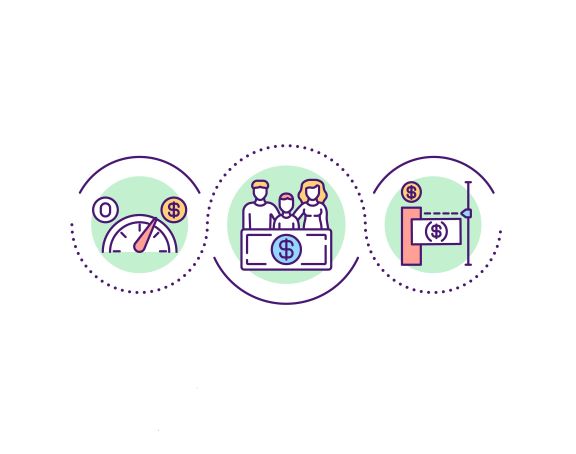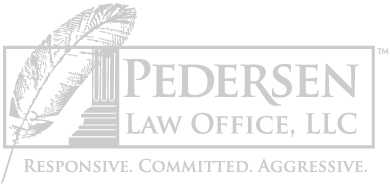Means Test in a Chapter 7 Bankruptcy
Jul 26, 2022

MEANS TEST
The Chapter 7 Bankruptcy means test compares your household income to your state’s median income to see if you qualify for debt relief under a Chapter 7 Bankruptcy. The state you live in and your family size is taken in account. The U.S. Census Bureau determines the state’s median income and updates the amount frequently. For the most up to date information you should check on the United States Department of Justice website.
HOW IT WORKS
First you need to calculate your yearly income, but it is not just the amount listed on your W-2 from last year. Your yearly income is calculated by taking your gross income from the six months prior to filing bankruptcy and multiplying it by two to get a yearly figure. All sources of income need to be included such as employment, business income, child support, unemployment, and retirement income. However, Social Security, Social Security Disability and most Veteran Affairs Income are excluded from the means test.
If your income is less than your state’s median income, you pass the Chapter 7 means test. If your income is higher, you may still be able to qualify for a Chapter 7 Bankruptcy if you have unusual expenses that are not accounted for under the median income calculation. For instance, if you pay child support or have a high amount of tax debt that added expense can be used to show that you’re above the median income, but still are unable to pay all your expense and, therefore, still qualify for a Chapter 7 Bankruptcy.
Also, it is important to note, if the majority of your debt is from a failed business, you do not need to pass the means test to qualify for a Chapter 7 Bankruptcy.
DEBT RELIEF OPTIONS
Just because your income qualifies for a Chapter 7 Bankruptcy doesn’t mean that it is the best debt relief option for your circumstances. If you are dealing with a smaller amount of debt, a Wisconsin Section 128 may be a better option. If you have fallen behind on your mortgage and are facing foreclosure, dealing with tax debt or would have unexempted property, a Chapter 13 Bankruptcy may be a better option. It is important to meet with an experienced bankruptcy attorney to review your specific circumstances and all your debt relief options.
FREE CONSULTS
Chapter 7 Bankruptcy can be complicated and just because you can do something, doesn’t mean you should. At Pedersen Law Office, LLC we offer free consultations to discuss your circumstances and help determine the best relief option for you. We help you through the entire process answering any questions you may have along the way. Our law office serves the communities of Appleton, Menasha, Oshkosh, De Pere, Green Bay and their surrounding areas.
